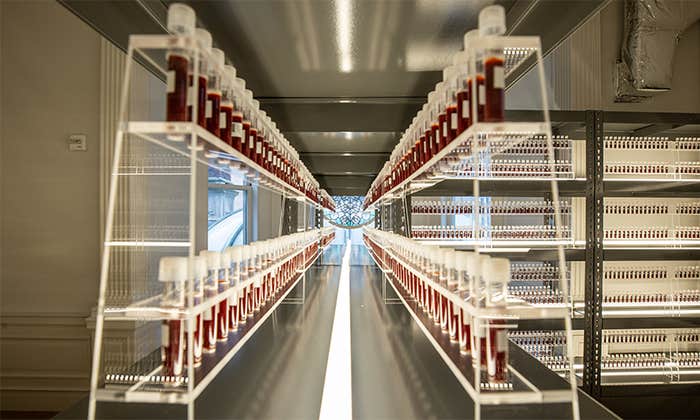Headlines and apocalyptic notions about designer babies proliferated last month after Chinese scientists published the results of a curious set of experiments on human embryos. The researchers were looking to understand whether gene-editing technology could correct, before birth, a malformed gene that can cause a potentially devastating blood disease. They found that the method introduced new errors and failed to fix the problem consistently within embryos, suggesting that both cures for genetic diseases and designer babies remain a ways off. But it did provide a moment to think about the unintentional experiments we will be running as we look to repair errors in our genomes.
As scientists fill in the picture of how our genes are connected to the functioning of our bodies, little by little, what we are seeing is a ramifying web, or tree, of connections. Genes we used to think were expressed in only one tissue are turning up all over the body—smell-receptor genes are expressed in the kidney and bitter receptors in the sinuses, for example, and what they’re doing there is only slightly related to what they do in the nose and the mouth. Liver proteins that you’d think would have no connection to your sleep-wake cycle turn out to be managed by a circadian clock that functions just in that organ. When you pull on one branch of this tree, seemingly unconnected branches far away may move.

Sometimes those movements can tell us about our evolutionary past. For instance, one genetic error that causes a painful and debilitating disease, sickle cell anemia, is also linked to greater resistance to malaria in carriers. Scientists believe that the error might have been helpful in the past, when people bearing the gene might have survived longer and reproduced more than those without it. Today, repairing the mutation and removing its protective qualities is seen as a net bonus, and researchers are actively working to fix sickle cell through gene therapy—editing the contents of people’s genomes. But we don’t really know what branches will move as a result of this change, and others in the future. It’s interesting to speculate: Will treating a disease change the way genes in a far-off organ are expressed? Change the way things smell? Change the workings of someone’s immune system?
The speculation becomes less fanciful and more urgent in the case of gene therapy on an embryo, however, like what the Chinese scientists were attempting, because the movements could echo for a long time into the future. Gene therapy for sickle-cell anemia would probably be applied when patients are adults—some of their cells would be removed, corrected, and re-injected. If all goes according to plan, only their blood would be affected. But gene therapy on an embryo would affect all the cells in someone’s body, including their egg and sperm cells, meaning that their descendants would also be the recipients of the therapy. It’s an open question what happens when you tweak the genome of a parent and they pass their modified genes on to their child. Even if the child is free from the disease the parent was treated for, which would be a real vindication of gene therapy, there may be other, second-generation effects we’d have no way of knowing about until they happened. This so-called germ-line modification sets a lot of scientists’ teeth on edge. Imagine not just a single tree with interconnected branches, but a whole forest of descendants.
It will be a delicate process to see if we can figure out what will happen ahead of time. The first steps will involve far more work on understanding how the gene-editing technology might work in embryos, human and otherwise. If researchers develop ways to use it that can consistently correct errors, then tests will eventually proceed to populations of people for whom the risks, whatever they wind up being, are worth the potential benefit. These patients of such therapy will be fewer in number than you might imagine—primarily embryos that are very likely to inherit genetic diseases that will kill them soon after birth, for instance. If there are other, easier ways to prevent genetic disease—think of the how genetic testing in Jewish populations has sent the prevalence of Tay-Sachs disease plummeting—people will do that instead. Correcting errors in the germ line with gene therapy will be far from the looming presence that some like to believe.
But now that the door has publicly opened to these modifications, it’s time to give more considered thought to how they will work. Soon after Nature News broke the story of the Chinese embryo-editing experiments, the National Academies of Science announced that they will be hosting a meeting this fall to discuss this kind of research and appoint a committee to generate standards and recommendations for future experiments. When we shift the branches of innumerable trees, we want to be sure none of them hit us in the head.
Veronique Greenwood is a science writer and essayist. Her work has appeared in The New York Times Magazine, Discover, Aeon, New Scientist, and many more. Follow her on Twitter here.


























